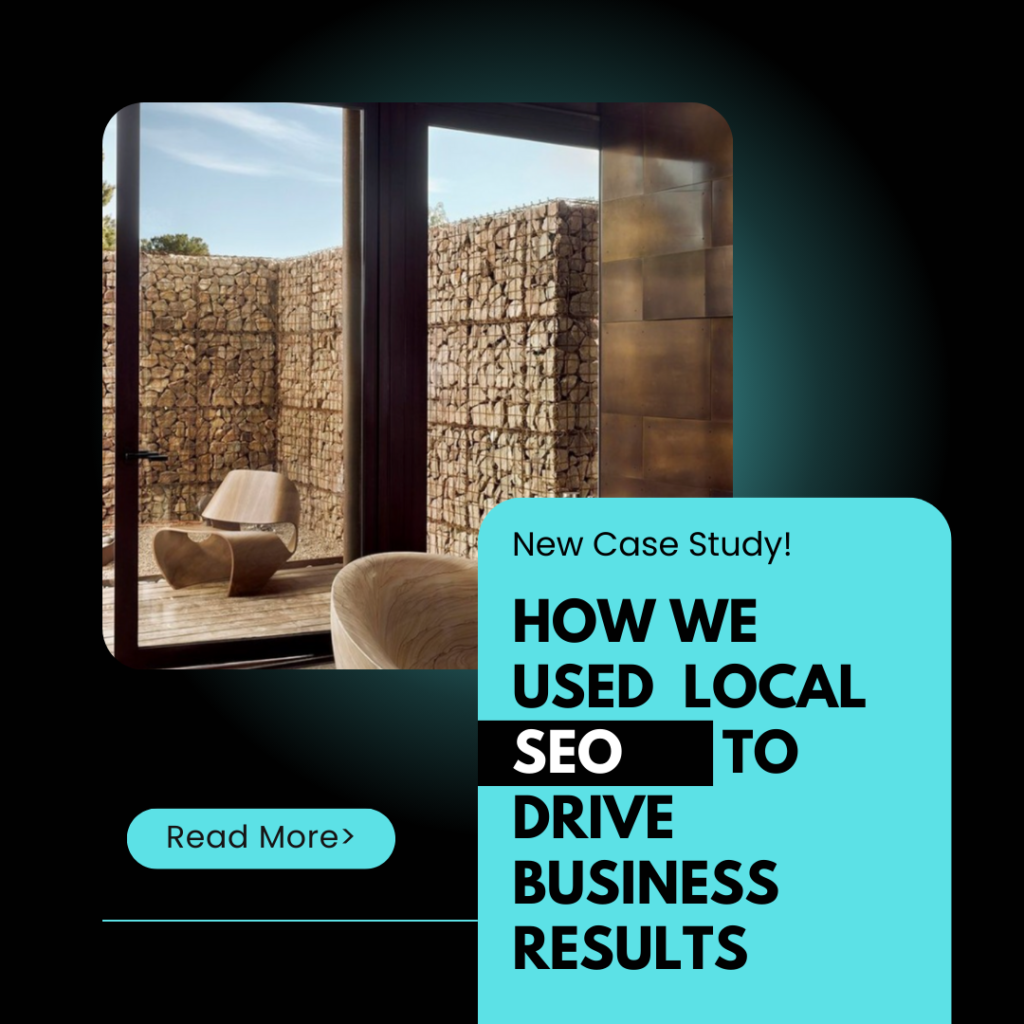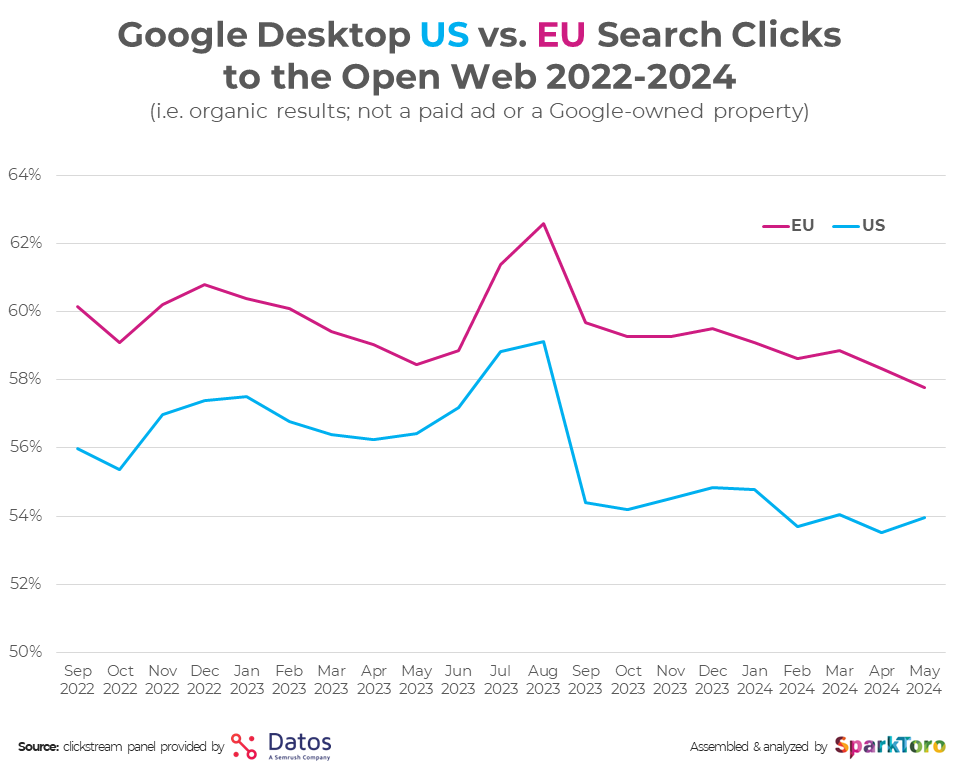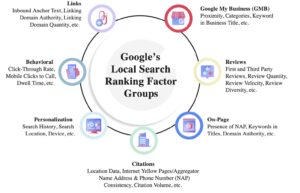To increase earned traffic for your startup, start by creating high-quality, shareable content. Focus on producing content that is valuable, engaging, and relevant to your target audience. This could include blog posts, videos, infographics, and interactive content that people find useful and interesting enough to share with others.
Optimize your content for SEO to attract organic search traffic. Use keyword research to identify popular search terms related to your industry and incorporate these keywords naturally into your content. Ensure your website is optimized for search engines by improving page load times, ensuring mobile responsiveness, and creating a clear site structure. High-ranking content on search engine results pages can drive significant earned traffic to your site.
Leverage social media platforms to amplify your content. Share your content across various social media channels and engage with your audience by responding to comments and participating in discussions. Use social media to build relationships with your followers and encourage them to share your content with their networks. The more your content is shared, the more earned traffic you can generate.
Engage with influencers and thought leaders in your industry. Collaborate with them on content, such as guest blog posts, interviews, and social media takeovers. Influencers can help increase your reach and credibility, driving more earned traffic to your website as their followers engage with your content.
Encourage user-generated content by creating opportunities for your audience to contribute. This could include running contests, creating branded hashtags, or featuring customer testimonials and reviews. User-generated content not only boosts engagement but also increases the likelihood of your content being shared, thereby driving more earned traffic.
Earn backlinks from reputable websites to improve your site’s authority and search engine ranking. Reach out to industry blogs, news sites, and online publications to pitch your content and ask for backlinks. High-quality backlinks signal to search engines that your content is trustworthy and authoritative, which can help increase organic traffic to your site.
Participate in online communities and forums related to your industry. Share your expertise and provide valuable insights in discussions. Include links to your content when relevant and appropriate, but avoid spamming. Being an active and helpful member of these communities can drive traffic to your website as people become more aware of your brand and seek out your content.
Lastly, continuously analyze your traffic data to understand what is working and what needs improvement. Use tools like Google Analytics to track your earned traffic sources and identify successful strategies. Refine your approach based on these insights to maximize your earned traffic over time.
By implementing these strategies, you can effectively increase earned traffic for your startup, enhancing your visibility and attracting more potential customers.

















































